Our stay in St. Louis was seven days, which is pretty long for us, and it was completely action-packed. As I said in the prior post, the only way to keep my summary from blowing up the blog was to break it up a little. This installment features some history and lots of botanical photos.
Lewis & Clark Starting Point
After recruiting most of its members and making its way to St. Louis in December of 1803, the Corps of Discovery spent its first winter camped on the Illinois side of the Mississippi River at Camp Dubois, just across the river from St. Louis. Part of the reason for staying on the east side of the river was political — the official hand-off contemplated by the Louisiana Purchase did not take place until March 1804, and the Spanish authorities who nominally controlled St. Louis did not grant permission for this military group to enter the territory.
So the expedition spent the winter of 1803-1804 camped across from the confluence of the Missouri and Mississippi Rivers. Captain Clark worked on developing military discipline and team building among the recruits (who built their own quarters as part of that process), while Lewis focused on procuring the remaining supplies needed for the journey in St. Louis. The original site of Camp Dubois is lost because of shifts in the routes of the rivers, but the camp was reconstructed using details from the journals at the present confluence site as part of the 2003 bicentennial celebration of the Corps of Discovery.
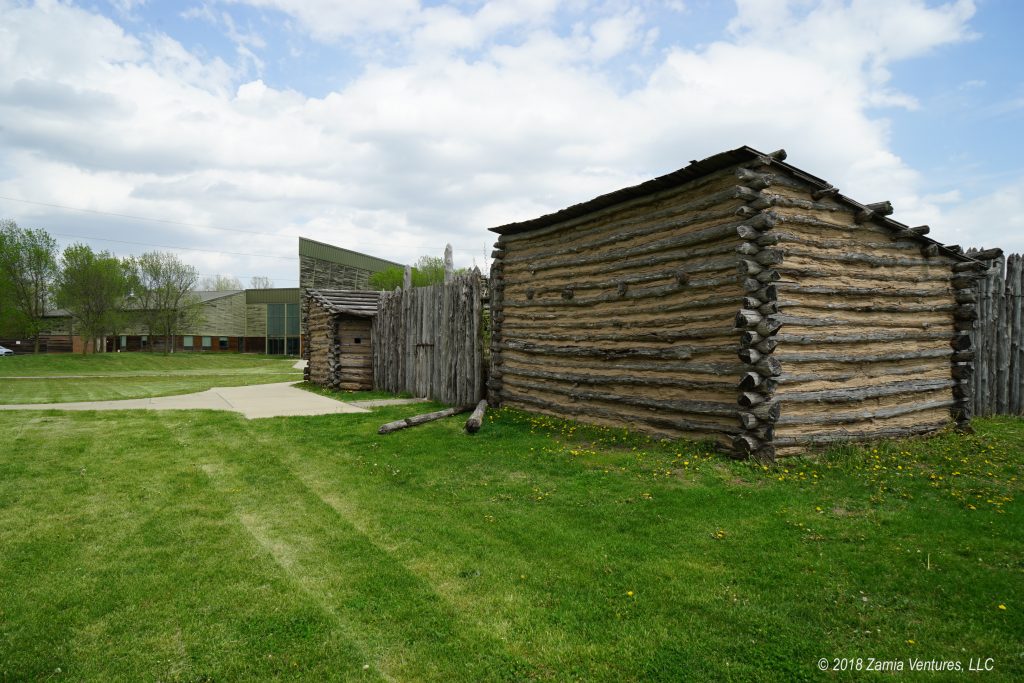
A very elaborate visitor center was also built for the bicentennial, and it serves as the official starting point of the Lewis & Clark National Historic Trail which we are following. Naturally, we couldn’t miss this spot.
Perhaps not surprisingly, the staff of this state historic site have one thing in common: a level of interest in, and knowledge about, the Lewis & Clark expedition that makes us seem a lot less nerdy in comparison. And that’s really saying something. One of the staff was telling us that he experimented with making bison sausage by following a recipe used by Toussaint Charbonneau and described in the journals of the expedition.
The site did a good job of interpreting the story of the Corps of Discovery, considering that it has no original artifacts to work with. One of the highlights was a full-scale replica of the keelboat that was the main form of transport for the group on the Missouri River, which was cut away to show the boat’s inner workings and storage of all the supplies that were taken on the journey.
We enjoyed seeing a preview of the different terrains encountered by the expedition, reading about their scientific and mapping accomplishments, and learning more about the tribes that inhabited the areas through which the Corps traveled. While I don’t plan to try creating homemade bison sausage any time soon, we are more excited than ever about the journey ahead!
Missouri Botanical Garden
When there’s an interesting botanical garden in the area, I am inexorably drawn to it. The Missouri Botanical Garden, affectionately known as Mo Bot, is one of the oldest in the country, and it is stunning.
Mo Bot has a variety of different structures, which is somewhat unique for a botanical garden. The Linnean House is reportedly the oldest continuously operated public greenhouse west of the Mississippi River. Today it holds an interesting combination of collections: camellias and other subtropical plants, along with cacti and succulents. This works because they all love warm temperatures, and the greenhouse is set up to only provide irrigation on the subtropical side, while keeping the desert plants dry.
The garden also has a huge modern greenhouse for temperate plants, which is the home of plants native to “Mediterranean” climates ranging from Europe to California, South Africa, and Australia. The park also has a historic home: Tower Grove House, formerly the country house of garden founder / benefactor Henry Shaw. Shaw himself is a permanent resident of the garden he so loved, and his mausoleum is yet another interesting structure on the grounds.
The most famous structure within the garden is probably the Climatron, a tropical greenhouse built as a Buckminster Fuller-inspired geodesic dome (see photo at the top). As soon as we walked in, the combination of heat and humidity immediately reminded us of South Florida. The feelings of nostalgia intensified as we recognized more and more of the species in the tropical environment. It was pretty wild seeing a mangrove tree on display inside the dome, and I was happy to see several representatives of the cycad genus for which the blog is named.
However, as we progressed along the winding paths we starting finding things to criticize. I realize that there are space constraints involved in growing (huge) tropical plants inside a dome. But docking the culms on a blue bamboo to keep them at 10-12 feet (instead of the normal height of 30+ feet) is practically a crime against humanity. The over-pruned starburst clerodendrum and gumbo limbo were sad representatives of some truly impressive species that we love. Despite reminding us of home, the Climatron ended up being one of our least favorite parts of the garden. People of St. Louis: If you want to see great tropical plants, visit South Florida!
Where the garden really excelled was in the acres and acres devoted to plants that truly flourish in the local climate. The 15-acre Japanese Garden is claimed to be one of the largest in North America, and it offers achingly gorgeous vistas around every corner. We managed to catch the tail end of cherry blossom season, but even without the profusion of blooms these gardens would be impressive. The placement of rocks, small sculptures, bridges, trees, and shrubs was just perfect from every angle. This garden even featured some of the largest koi I’ve ever seen, probably thanks to the many visiting children who enjoy feeding them constantly. The fish are not complaining.
Other highlights in the themed outside gardens were the formal Victorian gardens around the Tower Grove House, the very interesting Ottoman Gardens, an extensive informal woodland garden, the “demonstration gardens” of plants particularly adapted to St. Louis yards, the hosta collection, and a fern garden that was made visually interesting by the use of upturned tree roots in sculptural forms. The day lily and iris collections were both vast, but not yet blooming.
As could be predicted from my prior posts, I absolutely loved the gardens that featured tulips, narcissus, and other spring blooms. These gorgeous multicolored flowers were complemented by interesting sculptures and lovely trees throughout the property. The garden staff and volunteers have done an incredible job of placing markers for approximately one quintillion different specimens that live in the garden, and we were even able to identify some species that we’ve been seeing on our recent hikes. Needless to say, this visit was a highlight of our week.
Ulysses S. Grant National Historic Site
This national historic site (not to be confused with Grant’s Farm, a zoo-like attraction located across the street) was the family home of Julia Dent, wife of Ulysses S. Grant, and the place where they met, fell in love, and lived for about five years with their four small children. Julia’s family operated the 800-acre farm as a plantation, relying on the labor of enslaved people. The young Grant family lived on the farm from 1854 to 1859, after Grant left the Army to try his hand at farming.
This was a particularly volatile time leading up to the Civil War. The Dred Scott decision of 1857 was a huge local and national event, but just one of many political events that roiled the Dent-Grant household. This was a household in which the opinions of U.S. Grant and his father-in-law differed quite strongly on questions like slavery and the importance of maintaining the Union. After the enslaved people “freed themselves” by leaving the property during the Civil War, Ulysses and Julia purchased the farm from Julia’s parents, and during his presidency Grant raised horses here.
The home itself is in relatively original condition, though with few artifacts inside. The outbuildings and slave quarters were some of the most interesting parts of the original property. The clear highlight of the interpretive materials is a museum set up in a converted horse barn, which explores several major themes about Grant’s life. The film and rangers do a great job of explaining how he went from a failed farmer to president of the United States within a 10-year period. The interpretive materials grapple with many complicated questions about Grant’s life, including his deep patriotism and commitment to the Union, his devotion to civil rights (especially for African Americans and Native Americans), and his curious unwillingness to respond to slanders to clear his name. The museum also focuses on the close partnership between Ulysses and Julia and the home life they shared. Overall, this historic site does a great job of presenting a complicated figure who lived in complicated times in a nuanced and three dimensional way. It’s yet another winning NPS unit in our book.
What we missed
There is no much to see and do in St. Louis, so we barely scratched the surface. A non-exclusive list of the interesting things we didn’t have the time or energy to explore:
- Frank Lloyd Wright house in Ebsworth Park. On any less busy visit, this would have made it onto the agenda.
- Anything involving the Cardinals or any of the other great sports franchises of the city.
- IKEA. Those Swedish meatballs were calling my name pretty loudly, but we have all the storage solutions we need for now.
- The numerous attractions located in Forest Park, the site of the 1904 World’s Fair. The St. Louis Zoo, the St. Louis Art Museum, and Missouri History Museum are all well-regarded, and they are free to visit! Thank you, citizens of the City and County of St. Louis, for investing in your cultural institutions!
- National Blues Museum. Includes frequent live music performances.
- City Museum. A completely unique interactive art project in the former International Shoe factory.
This leaves plenty for us to do when we return someday.
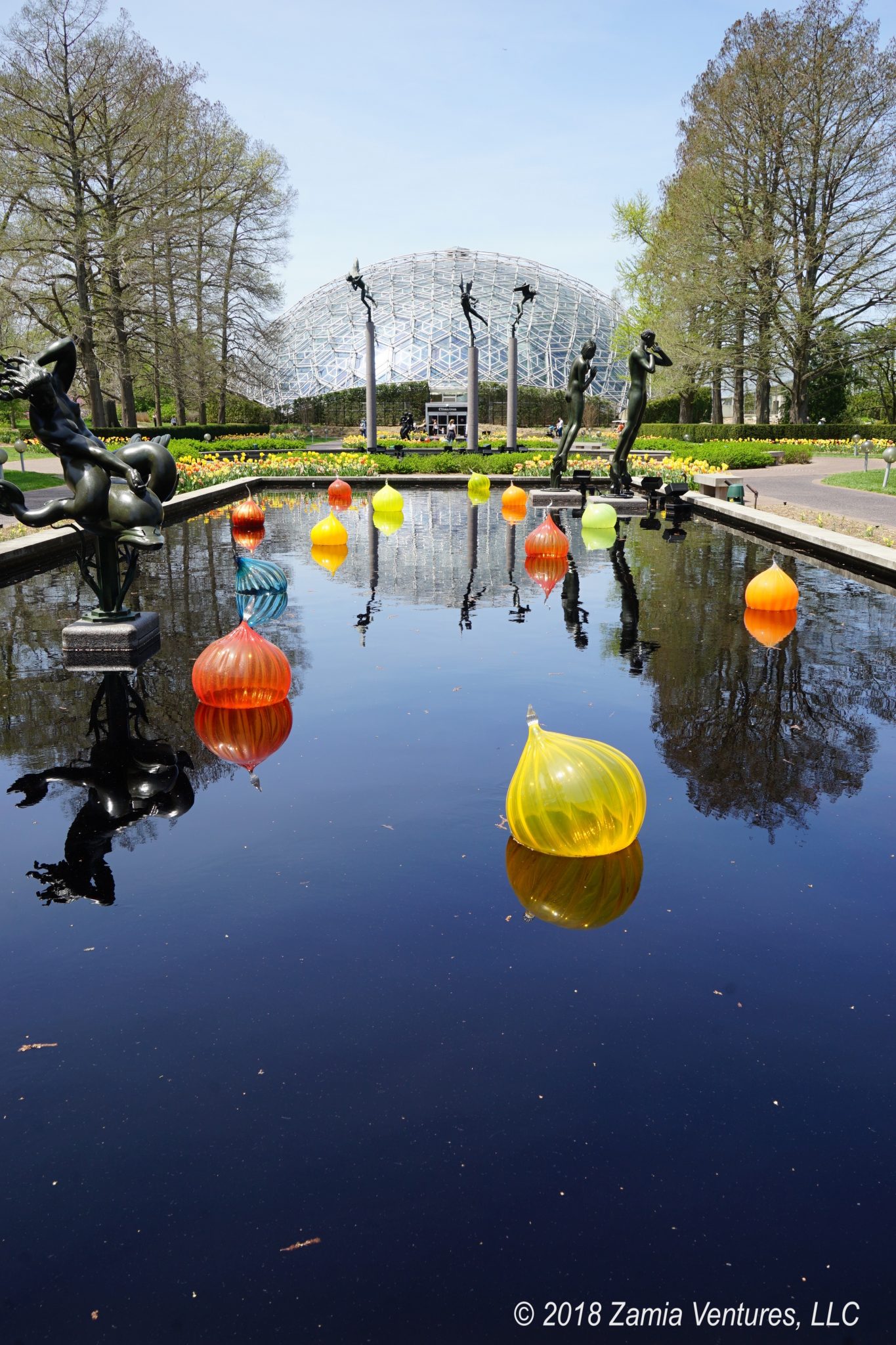
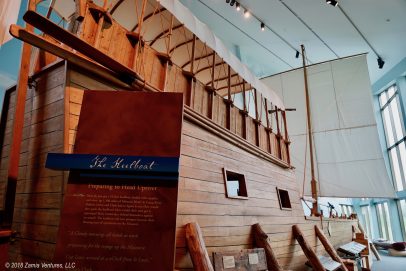
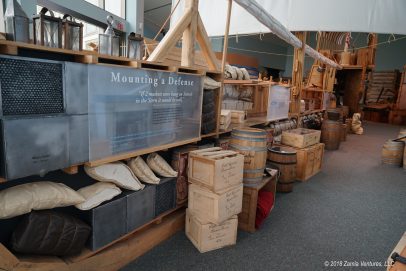
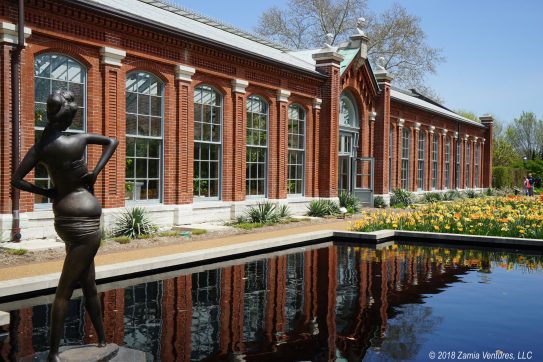
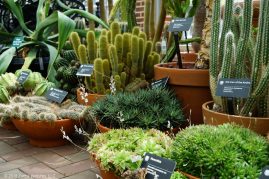
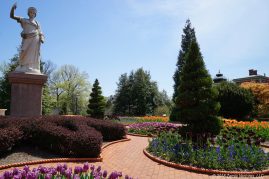
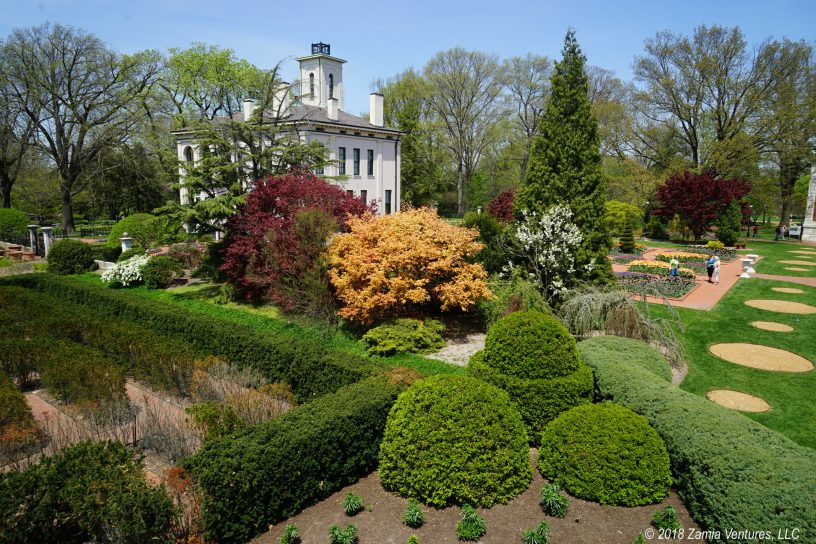
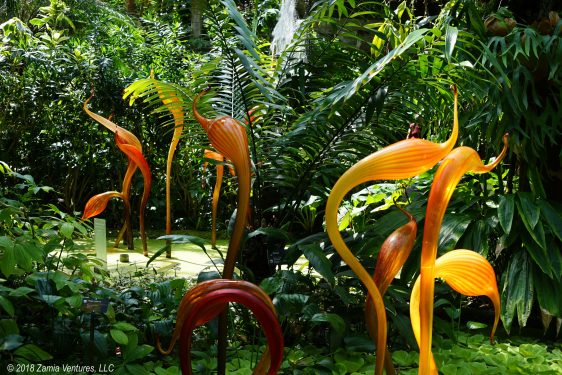
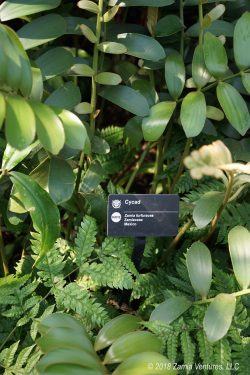
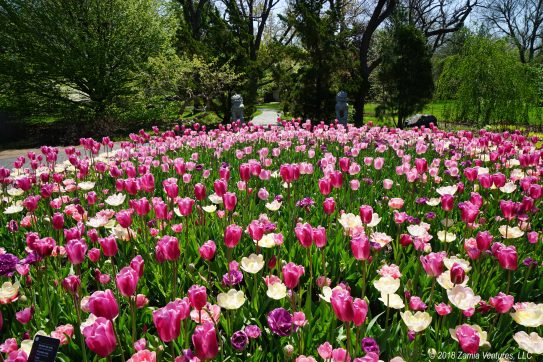
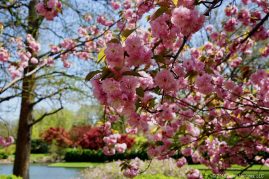
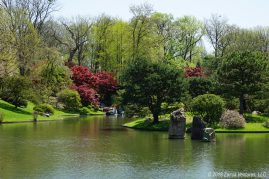
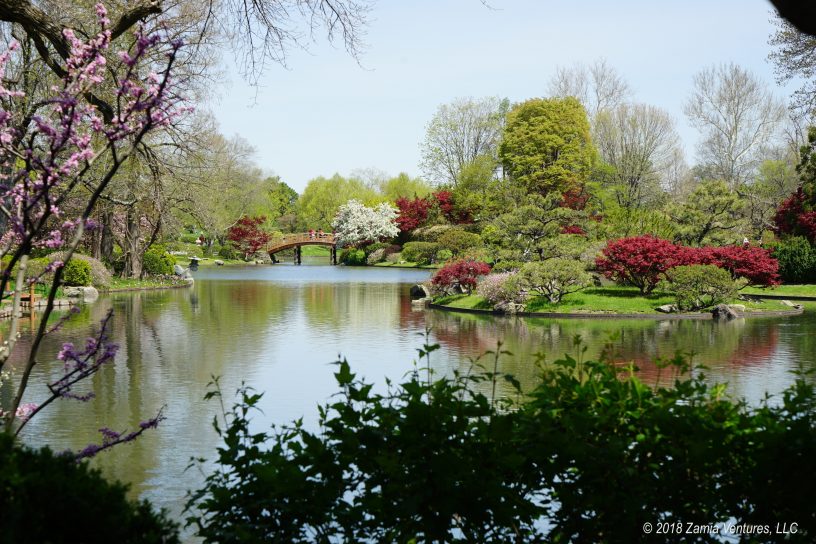
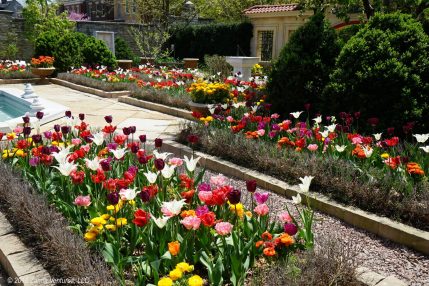
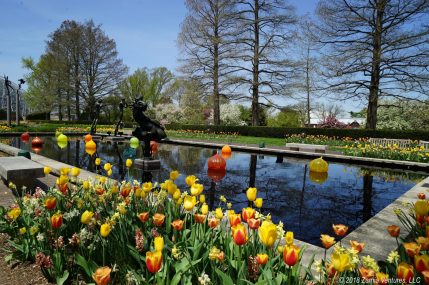
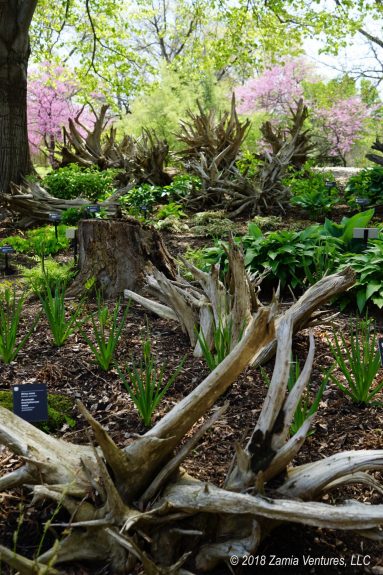
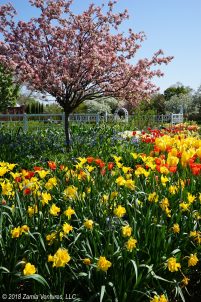
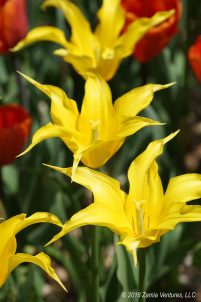
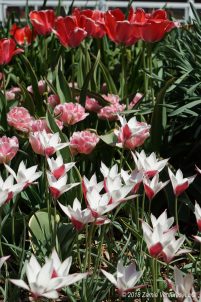
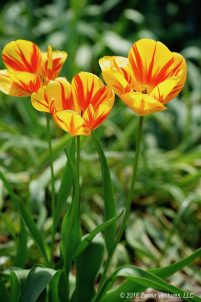
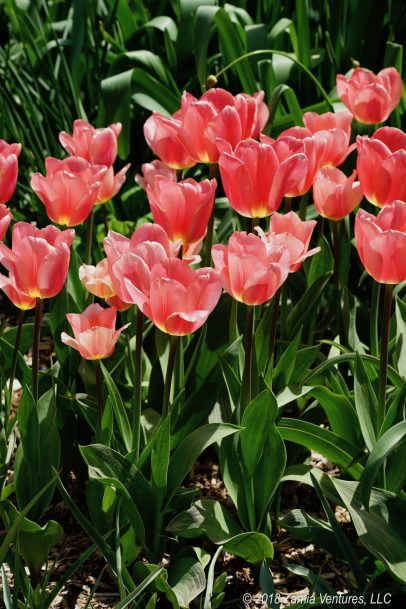
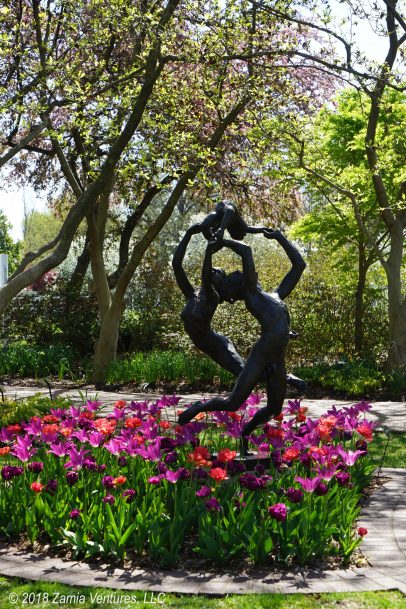
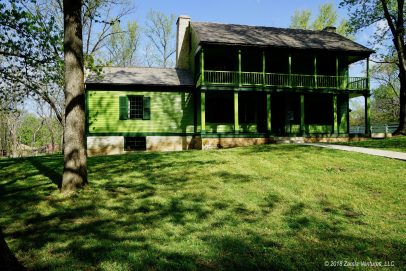
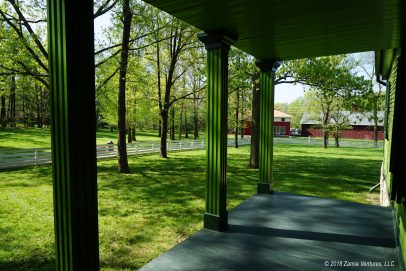


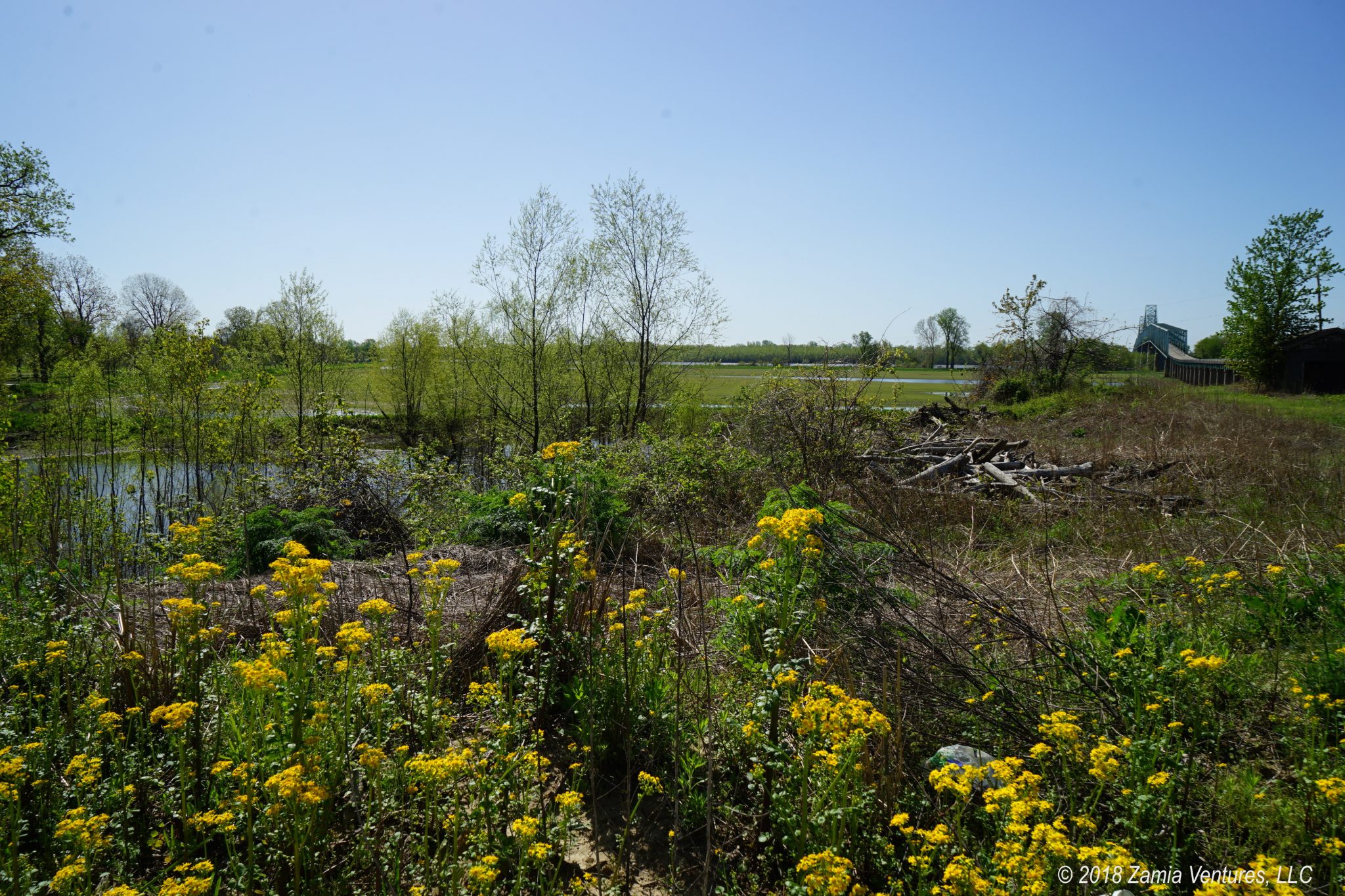
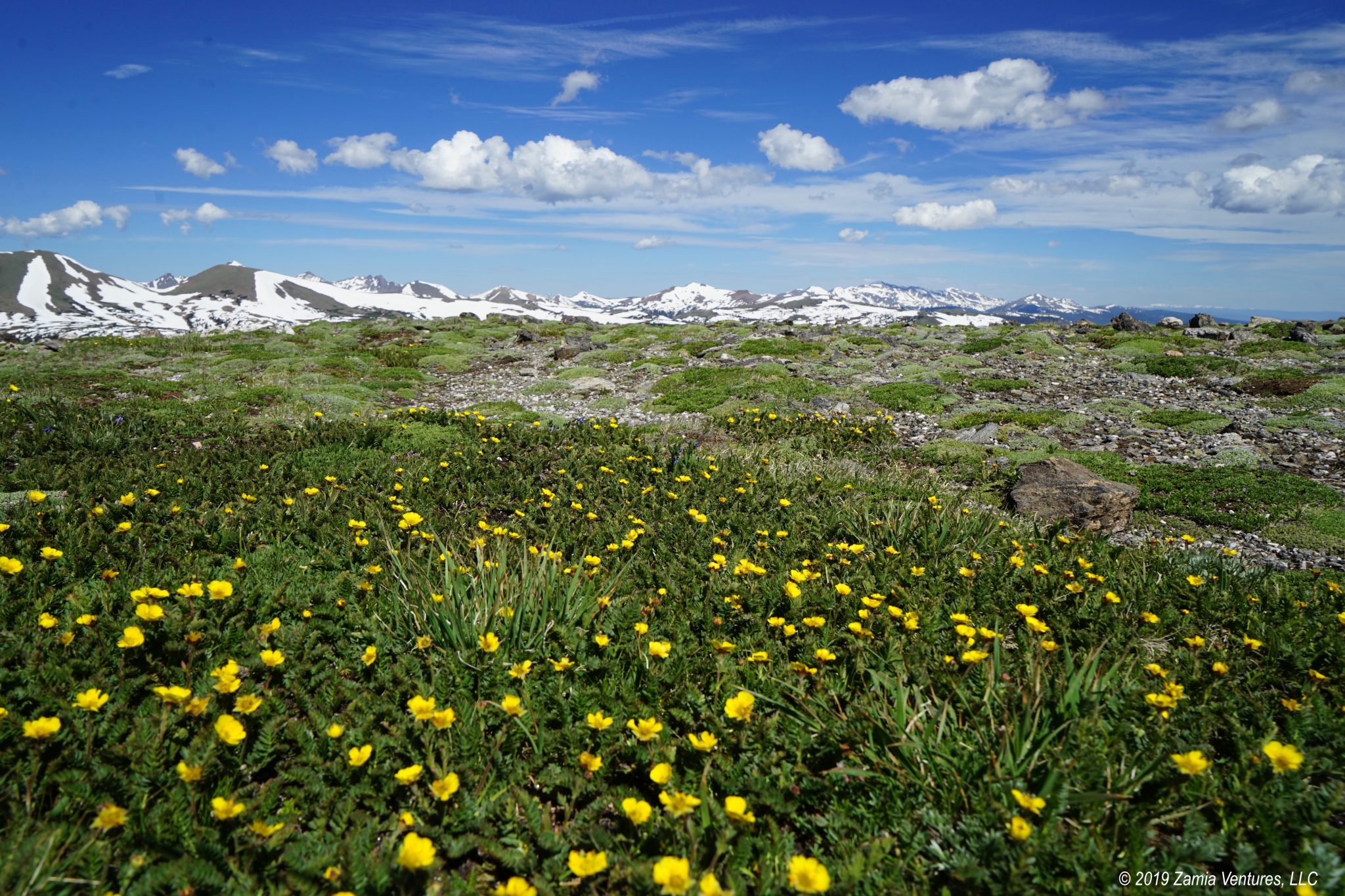
Wow…the pictures and descriptions of the Botanical Garden are fantastic. Never thought St.Louis would be such an interesting place to visit.
Yes, and there are so many things we didn’t get to do!
Your post yesterday so inspired me to try to find a way to get to St. Louis that I started routing us that way next spring…before I realized that our route would take us right through the middle of Tornado alley right in the middle of tornado season…. so, needless to say, we won’t be making it to St. Louis anytime real soon. Happily, I get to go there vicariously through these blog posts. What an interesting and beautiful city!
Yes, St. Louis is definitely a worthwhile destination. It’s comparable in population size to Denver, Salt Lake City, and Cleveland, without many nearby cities, so it can and does support all sorts of interesting cultural institutions. Finding the right weather to visit is the trick, however. I understand high summer (after tornado season) is extremely hot and humid.
Agreed…….the botanical gardens are amazing! Such beauty. Perfect time of year to be there.
We were particularly happy to see the cherry blossoms – that was a real treat, especially since we’ve never seen the Washington, DC area spring blooms.